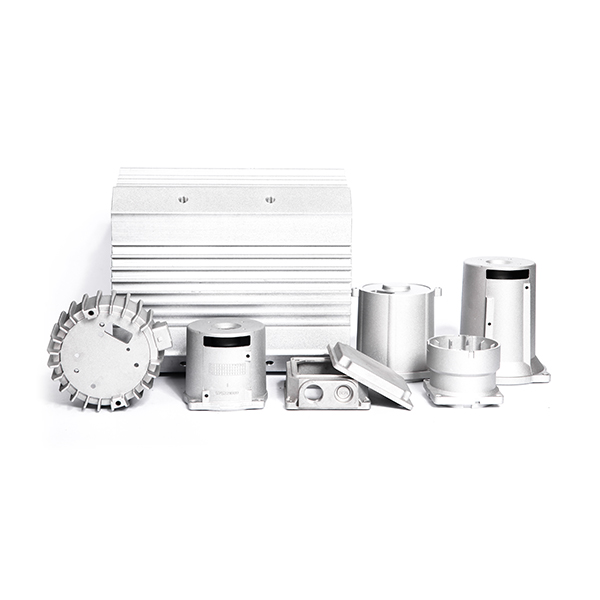Mobile:+86-311-808-126-83
Email:info@ydcastings.com
English
1.0619 steel
Understanding 1.0619 Steel Composition, Properties, and Applications
Steel is one of the most widely used materials in modern engineering and construction, valued for its strength, durability, and versatility. Among the various grades of steel, 1.0619, classified as a low-alloy steel, has gained notable attention due to its specific properties that cater to a range of industrial applications. This article delves into the composition, characteristics, and uses of 1.0619 steel.
Composition and Characteristics
1.0619 steel, often referred to by its standardized designation in Europe as S235J2G3, contains a balanced mixture of iron and alloying elements that enhance its mechanical properties. The primary alloying elements in 1.0619 include manganese, which improves hardenability and strength, and silicon, which enhances resistance to corrosion. Typical composition of 1.0619 steel features approximately 0.2% carbon, 0.9-1.5% manganese, and trace amounts of other elements such as phosphorus and sulfur, ensuring good weldability and machinability.
The yield strength of 1
.0619 steel is approximately 235 MPa, making it suitable for various structural applications. Its tensile strength ranges from 340 to 500 MPa, and it possesses elongation characteristics that contribute to its ability to deform without breaking under stress. Furthermore, 1.0619 demonstrates excellent toughness, particularly in cold temperatures, which is a critical factor in applications involving dynamic loads.Applications
1.0619 steel

Due to its favorable mechanical properties, 1.0619 steel finds extensive use in the construction and manufacturing industries. One of its primary applications is in structural engineering, where it is used to fabricate beams, columns, and other load-bearing components in buildings and bridges. Its strength-to-weight ratio allows for the construction of durable structures without compromising on design flexibility.
Another significant application of 1.0619 steel lies in the manufacturing of automotive components. Parts such as chassis and bodywork often utilize this steel grade due to its ability to withstand high stresses while maintaining safety standards. The automotive industry's demand for materials that enhance fuel efficiency and reduce weight aligns perfectly with the attributes of 1.0619.
In addition to structural and automotive applications, 1.0619 steel is found in various manufacturing processes, including the production of machinery, equipment, and tools. Its good welding characteristics make it a preferred choice for fabrication processes, leading to efficiency in assembly and maintenance.
Conclusion
In summary, 1.0619 steel is a versatile low-alloy steel that serves multiple industrial purposes due to its balanced composition and favorable mechanical properties. Its strength, durability, and excellent weldability enable its widespread use in structural applications, automotive manufacturing, and various engineering projects. As industries continue to evolve, the demand for high-performance materials like 1.0619 steel will persist, highlighting the importance of selecting the right steel grade to meet specific requirements. Understanding the characteristics and applications of 1.0619 not only helps engineers and manufacturers in making informed decisions but also emphasizes the role of advanced materials in shaping the infrastructure of our modern world.











